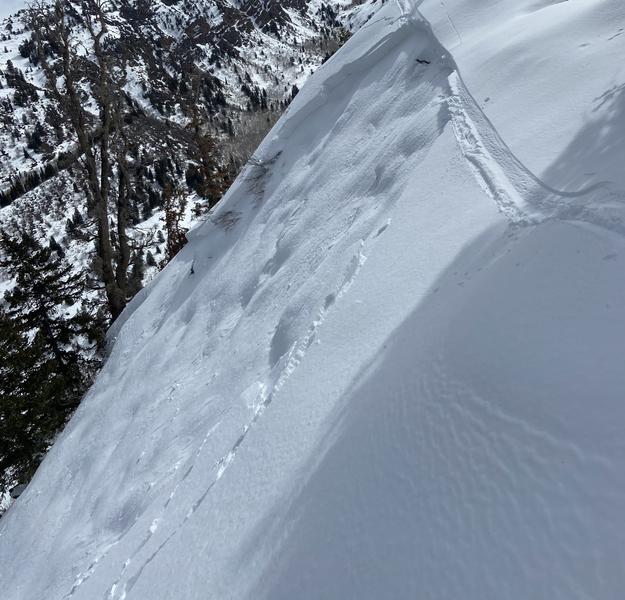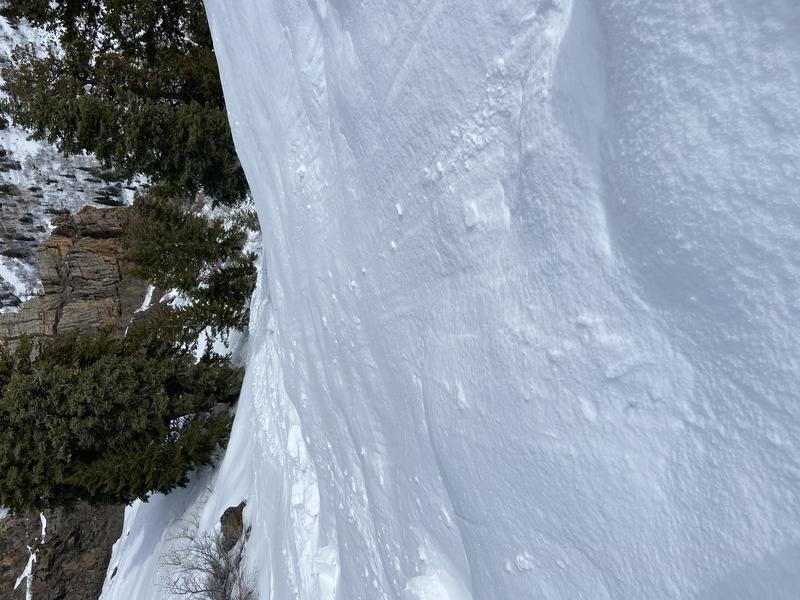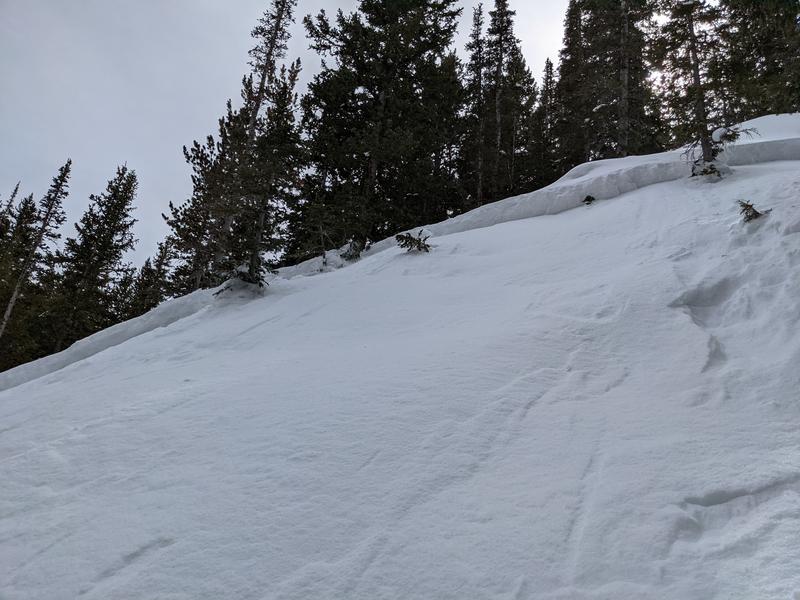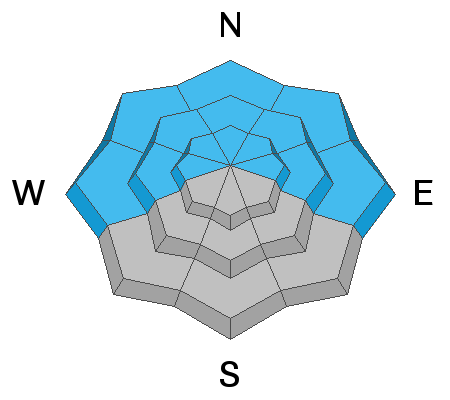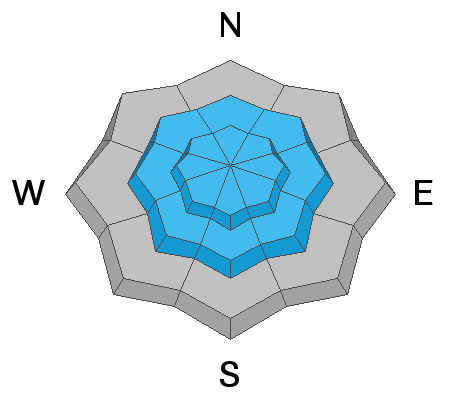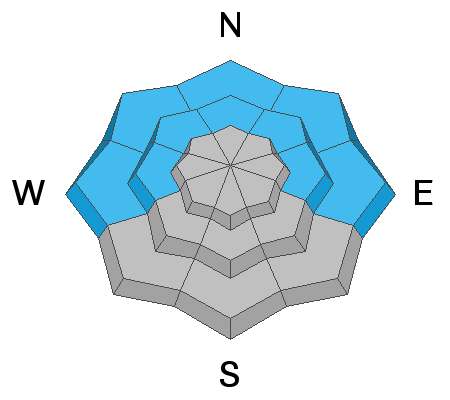Forecast for the Provo Area Mountains

Issued by Drew Hardesty on
Sunday morning, March 20, 2022
Sunday morning, March 20, 2022
A 'scary' MODERATE danger exists on steep west to north to east facing aspects of all elevations. You can trigger 1-3' deep avalanches and you can trigger from a distance or from below. The danger is more pronounced on north to northeast facing slopes in the mid-elevation bands. Collapsing and cracking may not be noted. Know that wind drifts exist to the lee of terrain features in the upper elevations.
I don't expect today's new snow to pose much of a danger; but you need to pay attention to rapidly changing conditions. IF we get more snow and wind than expected AND/OR we see heavy snowfall, shallow new snow avalanches can be expected in the steeper terrain of all aspects.
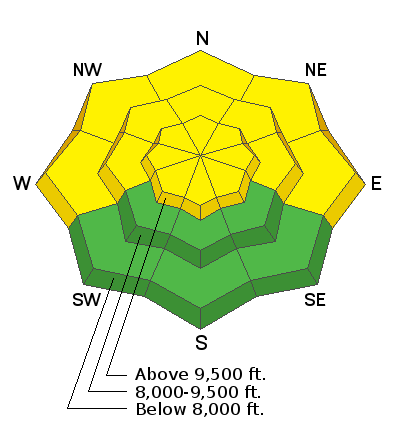
Low
Moderate
Considerable
High
Extreme
Learn how to read the forecast here


